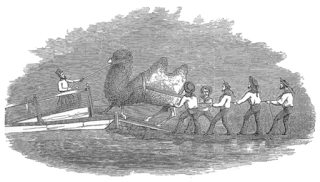The project I’m working on with my fan club has my readers offering their suggestions and ideas for a book, and then I’m in charge of putting it together into a story. They have given me so many fun things to include in the book, but one of them was for certain animals to be on a ranch that we’ve created.
Would There Be Camels In US History?
One of these animals was suggested to be a camel.
Well, I couldn’t figure out how I’d get a camel to the United States (Kansas) in the 1800’s. But, thanks to the internet…I was able to start researching any possible suggestions to make it work.
I thought it would take some creative thinking to make it happen - so imagine my surprise when I discovered that camels HAD actually been brought over and used by the US army as an experiment to see how useful they could be as pack animals.
And - by some strange twist - after the years of experiments and use of the animals, they were eventually sold off at auctions, with many ending up in circuses and private ranches!
So, being able to write this into my story was surprisingly much easier than I’d anticipated.
While I read through the stories about how they were used, I was so shocked to see how favourable they had been, and how they had actually been very successful at proving their worth. However, for whatever reason, they didn’t keep using them.
One of the best accounts I read of the animals being used, was found at https://armyhistory.org/the-u-s-armys-camel-corps-experiment/
These animals formed the US Army Camel Corps, and spent years under experiment to see their usefulness.
Thy summed up perfectly how these animals ended up, after being brought over here with such promise, then being abandoned:
Eventually, when the curiosity wore off or their new owners simply did not want or need them anymore, many of the camels were turned loose in the wild to fend for themselves. They were seen for many years afterward, wandering the deserts and plains of the Southwest. The last of the original Army camels, Topsy, was reported to have died in April 1934, at Griffith Park, Los Angeles, at the age of eighty, but accounts of camel sightings continued for decades. Although never officially designated, “U.S. Army Camel Corps,” this is how the Army’s camel experiment has been remembered. Ignored and abandoned, it was an ignominious and unfortunate end for these noble “ships of the desert.”
Credit: armyhistory.org
As for me, I’m still in shock at some of the interesting things I uncover while researching books. And, another reason why I love history so much - you just never know what you will learn :)
Check out Kay P. Dawson's new series - 'Love's a Gamble' - Book One "A Gambler's Heart" is now available....
Kay also has a fun FB group just for fans - you have to request to join, so send your request to https://www.facebook.com/groups/kaypdawsonfans/
Join us for some fun discussions, great contests and special offers just for fans of Kay P. Dawson.
**Get a free book by signing up for the mailing list at http://www.kaypdawson.com/p/newsletter.html





What a fun use of a little known piece of history. I do confess, I was aware of the Army corps experiment. Best of luck. Angela Raines
ReplyDeleteCamels! What an outstanding bit of history, Kay.
ReplyDeleteThank you for sharing.
Kristin